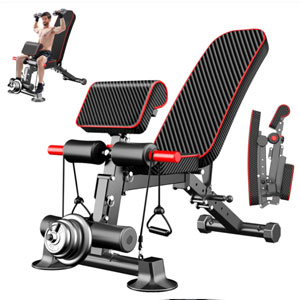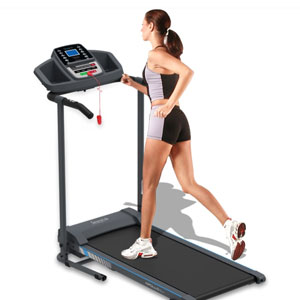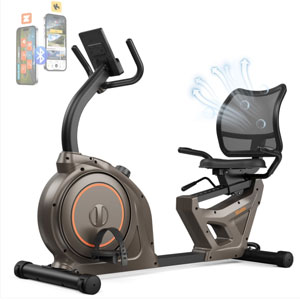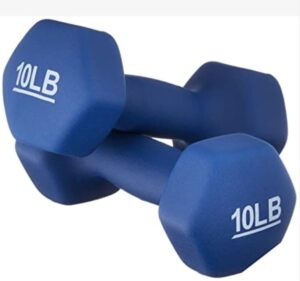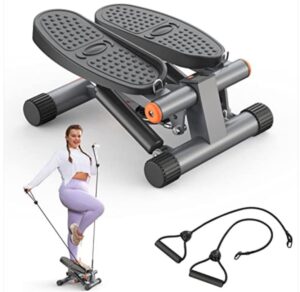Table of Contents
As the years go by, the temptation to embrace a sedentary lifestyle can be alluring, but little do we realize that the key to unlocking a vibrant and fulfilling golden age lies in embracing an active lifestyle. The notion of seniors and exercise may seem like an unlikely pairing, but the truth is, regular physical activity can be a fountain of youth, empowering you to defy the stereotypes of aging and reclaim your vitality, independence, and zest for life.
Imagine a world where every day is an opportunity to strengthen your body, sharpen your mind, and cultivate a sense of well-being that transcends the limitations society often imposes on older adults.
The Importance of Exercise for Seniors
Regular exercise is not just a luxury for seniors; it’s a necessity for maintaining physical and mental well-being. According to the National Institute on Aging, regular physical activity can help older adults:
- Improve cardiovascular health and reduce the risk of chronic diseases
- Maintain strength, flexibility, and balance, reducing the risk of falls
- Enhance cognitive function and lower the risk of dementia
- Alleviate symptoms of depression and anxiety
- Improve sleep quality and overall quality of life
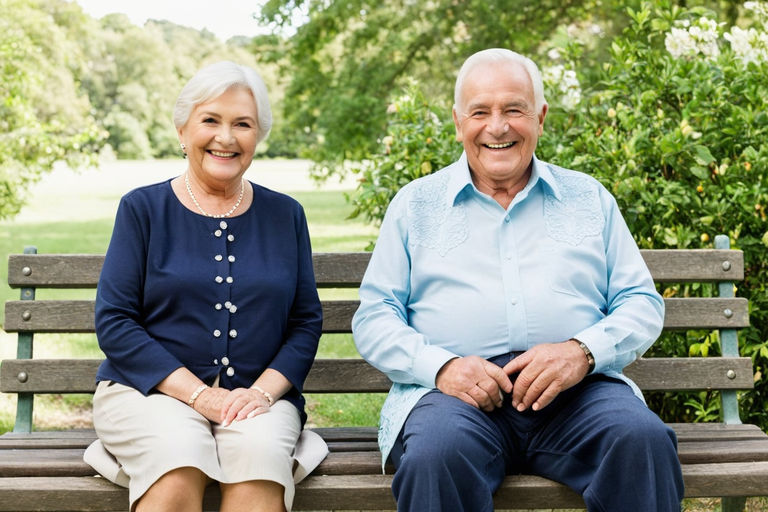
Tailoring Workouts for Seniors
While the benefits of exercise are universal, it’s essential to tailor workouts to the specific needs and abilities of seniors. Here are some key considerations:
- Low-Impact Exercises: As we age, our joints and bones become more susceptible to injury. Low-impact activities like walking, swimming, cycling, or using elliptical machines are gentle on the body while still providing cardiovascular benefits.
- Strength Training: Building and maintaining muscle mass is crucial for seniors to preserve functional independence and prevent age-related muscle loss (sarcopenia). Resistance bands, light weights, and bodyweight exercises can be effective and safe options.
- Balance and Flexibility: Incorporating exercises that improve balance, coordination, and flexibility can help reduce the risk of falls and enhance overall mobility. Tai chi, yoga, and stretching routines are excellent choices.
- Modifications and Limitations: It’s essential to listen to your body and modify exercises as needed. Consulting with a healthcare professional or certified fitness instructor can help ensure you exercise safely and within your physical capabilities.
Exercising with Limited Mobility
For seniors with physical limitations or restricted mobility, traditional exercise routines may not be suitable or feasible. However, there are still ways to incorporate physical activity into your daily life:
- Chair Exercises: Simple exercises like arm raises, shoulder rolls, and leg lifts can be performed while seated in a chair, allowing you to stay active without overexerting yourself.
- Resistance Band Workouts: Resistance bands offer a versatile way to work on strength training by targeting different muscle groups. Exercises like shoulder presses, bicep curls, and seated rows can be done while seated.
- Gentle Stretches: Stretching exercises can help maintain flexibility and range of motion. Focus on simple movements like shoulder rolls, neck stretches, and gentle leg stretches.
- Walking Aids: If you use a walker or cane, incorporate short walks by taking a few steps and resting as needed. This can help improve endurance and mobility over time.
- Seated Exercises: For those with very limited mobility, seated exercises like arm circles, toe taps, and seated marches can help promote blood flow and keep muscles engaged.
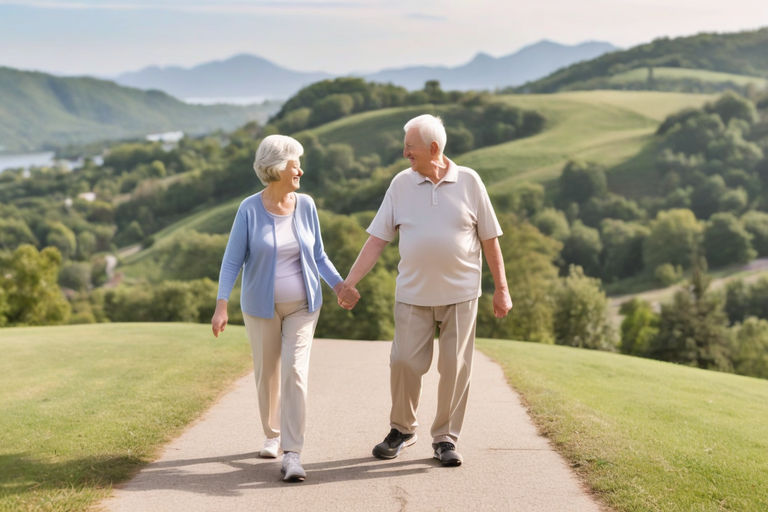
Sample Workout Routines for Seniors
- Walking Program: Start with a 10-minute daily walk and gradually increase the duration and intensity. Incorporate intervals of faster walking or incline challenges to boost cardiovascular benefits.
- Strength and Balance Circuit: Alternate between bodyweight exercises (e.g., wall push-ups, seated leg raises) and balance exercises (e.g., standing on one leg, heel-to-toe walks). Aim for 2-3 sessions per week.
- Water Aerobics: Low-impact water exercises can provide a full-body workout while minimizing stress on joints. Many community pools offer senior-friendly aquatic classes.
- Yoga or Tai Chi: These mind-body practices can improve flexibility, balance, and overall well-being. Look for classes specifically designed for seniors or beginners.
The key is to listen to your body, start slowly, and gradually increase the intensity and duration as you become more comfortable. Remember, any amount of physical activity can be beneficial, even if it’s just a few minutes at a time.
Remember, consistency is key. Start slowly and gradually increase the intensity and duration of your workouts as your fitness level improves. Celebrate small victories and find joy in the journey of active aging.
Embrace Intimacy as Exercise
While exercise routines tend to focus on traditional physical activities, it’s essential to acknowledge that intimacy and sexual activity can also provide a valuable form of exercise for seniors. Maintaining a healthy sex life not only fosters emotional closeness and well-being but can also offer physical benefits:
- Increased cardiovascular endurance
- Improved flexibility and muscle tone
- Reduced stress and anxiety levels
- Better sleep quality
Of course, it’s crucial to approach intimacy at a comfortable pace and within one’s physical capabilities. Open communication with your partner and consulting with a healthcare professional can help address any concerns or limitations.
Embracing intimacy as a form of exercise can be a natural and enjoyable way for seniors to maintain physical fitness while nurturing emotional and social connections.
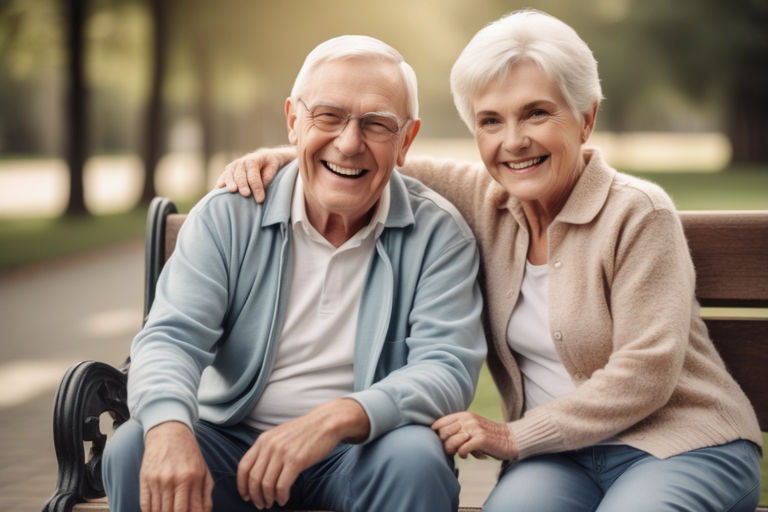
The Joy of Movement: Dancing for Fitness and Fun
For seniors seeking a fun and social way to stay active, dancing offers a multitude of benefits that extend beyond just physical fitness. With its combination of cardiovascular exercise, coordination challenges, and mental engagement, dancing is a truly holistic workout that can breathe new life into your fitness routine.
The Physical Benefits of Dancing
At its core, dancing is a weight-bearing activity that promotes improved strength, endurance, and flexibility. The act of moving to music provides a full-body workout, engaging major muscle groups while also improving balance and coordination. This can be particularly beneficial for seniors, as it helps to maintain functional mobility and reduce the risk of falls.
But dancing doesn’t just work the body; it also gives the mind a workout. Learning and executing dance steps requires concentration, memory, and spatial awareness, making it an excellent cognitive exercise. Studies have even suggested that regular dancing may reduce the risk of developing dementia and improve overall cognitive function in older adults.
The Social and Emotional Advantages
Beyond the physical and mental benefits, dancing offers a unique opportunity for social connection and emotional well-being. Whether you join a dance class, attend a community dance event, or simply dance around your living room with a partner, the act of moving to music can be a profound source of joy and self-expression.
For many seniors, dancing can reignite a sense of youthfulness and vitality, providing a safe and supportive environment to let loose, have fun, and rediscover the joy of movement. The social aspect of dancing can also combat feelings of isolation and loneliness, fostering a sense of community and shared experience.
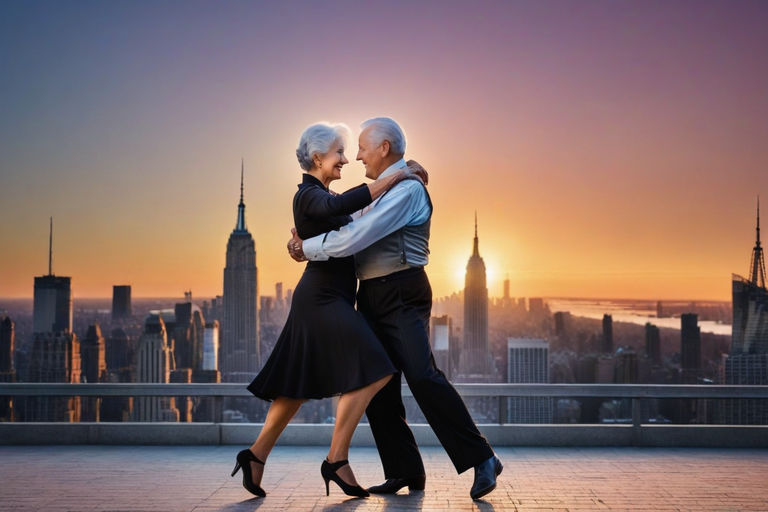
Getting Started with Dancing
If you’re new to dancing or haven’t danced in a while, start slowly and choose a style that appeals to you. Options like line dancing, ballroom dancing, or even dance-inspired fitness classes like Zumba can provide a gentle introduction to the world of dance.
Remember, the key is to find an activity that brings you joy and a sense of accomplishment. Don’t be afraid to experiment with different styles and tempos until you find a dance form that resonates with you.
As with any new exercise routine, it’s essential to listen to your body and modify movements as needed. Consulting with a healthcare professional or seeking guidance from a qualified dance instructor can help ensure that you dance safely and within your physical capabilities.
With its unique blend of physical, cognitive, and social benefits, dancing is a truly holistic workout that can breathe new life into your fitness journey. So, put on your dancing shoes, turn up the music, and let the rhythm guide you towards a fuller, more vibrant life.
FAQ Workouts for Seniors
I’m worried about injuring myself. How can I exercise safely as a senior?
Safety should be the top priority when exercising as a senior. Start slowly, listen to your body, and don’t push beyond your limits. Consider working with a certified fitness instructor or physical therapist who can design a program tailored to your abilities and limitations. Proper form and modifications are crucial to preventing injuries.
I have a chronic condition like arthritis or heart disease. Can I still exercise?
In most cases, yes. Exercise can be beneficial for managing many chronic conditions, but it’s important to consult with your healthcare provider first. They can provide guidance on appropriate exercises and any necessary precautions or modifications.
I find it hard to stay motivated. How can I stick to an exercise routine as a senior?
Finding an activity you enjoy is key to staying motivated. Consider exercising with a friend or joining a group class for social support and accountability. Set realistic goals and celebrate small victories along the way. Additionally, tracking your progress can help you see the benefits and stay motivated.
I’m worried about falling. What exercises can help improve my balance?
Exercises that challenge and improve balance are crucial for seniors. Tai chi, yoga, and balance-specific exercises like standing on one leg or heel-to-toe walks can help improve stability and reduce the risk of falls. Strength training for the legs and core can also contribute to better balance.
I have limited mobility. Are there exercises I can do while seated?
Absolutely. Chair exercises, seated strength training with resistance bands or light weights, and seated yoga or stretching routines can provide excellent benefits for those with limited mobility. The key is finding modifications that work for your abilities.
As you embark on this journey of active aging, remember that it’s never too late to prioritize your health and well-being. Will you embrace the power of movement and unlock a life filled with vitality and purpose?
Was this Article Helpful?
We hope that you found this article helpful and informative. We are always striving to provide you with the best content and resources for your fitness goals. We would love to hear from you and get your feedback and suggestions.
Please visit our Facebook page and leave us a comment or a message. Tell us what you liked or disliked about this article, what you learned or want to learn more about, and what you want us to write about next.
Your input is very valuable to us and helps us improve our work. Thank you for reading and supporting us.

